Sydney
Skąd się wzięła nazwa Sydney
- Kapitan Arthur Philip nazwał to miasto na cześć brytyjskiego Ministra Spraw Wewnętrznych Thomasa Townshend Sydney.
- Captain Arthur Phillip called this town in honor of British Interior Minister Thomas Townshend Sydney.
Population
Ludność
There are over 4,840,600
people in Sydney according
to 2014 research.
W Sydney mieszka ponad 4
840 600 ludzi według badań
z 2014 roku.
Founders
It is estimated that the first Aboriginal habitats in present-day Sydney were founded about 40,000 years ago. On January 18, 1788, Captain Arthur Phillip came to Port Jackson for an expedition named after "First Fleet" to Botany Bay in the south of Port Jackson.
Założyciele
Szacuje się, że pierwsze siedliska Aborygenów na terenie dzisiejszego Sydney zostały założone około 40 tysięcy lat temu. Wejście do Port Jackson po raz pierwszy zaznaczył na mapie James Cook 29 kwietnia 1770 roku.
18 stycznia 1788 roku kapitan Arthur przybył z wyprawą do Botany Bay na południu Port Jackson.
Founders
During his three-day exploratory expedition he first discovered Manly Cove, and a day later, on the other side of Port Jackson, another bay he named (in honor of then-British interior minister Thomas Townshend Sydney) Sydney Cove.

Founders
On January 26, 1788 Phillip decided that this place was suitable for winding down the sail and raised near present-day Circular Quay the flag of Great Britain. Since then 26 January is Australia's national holiday.
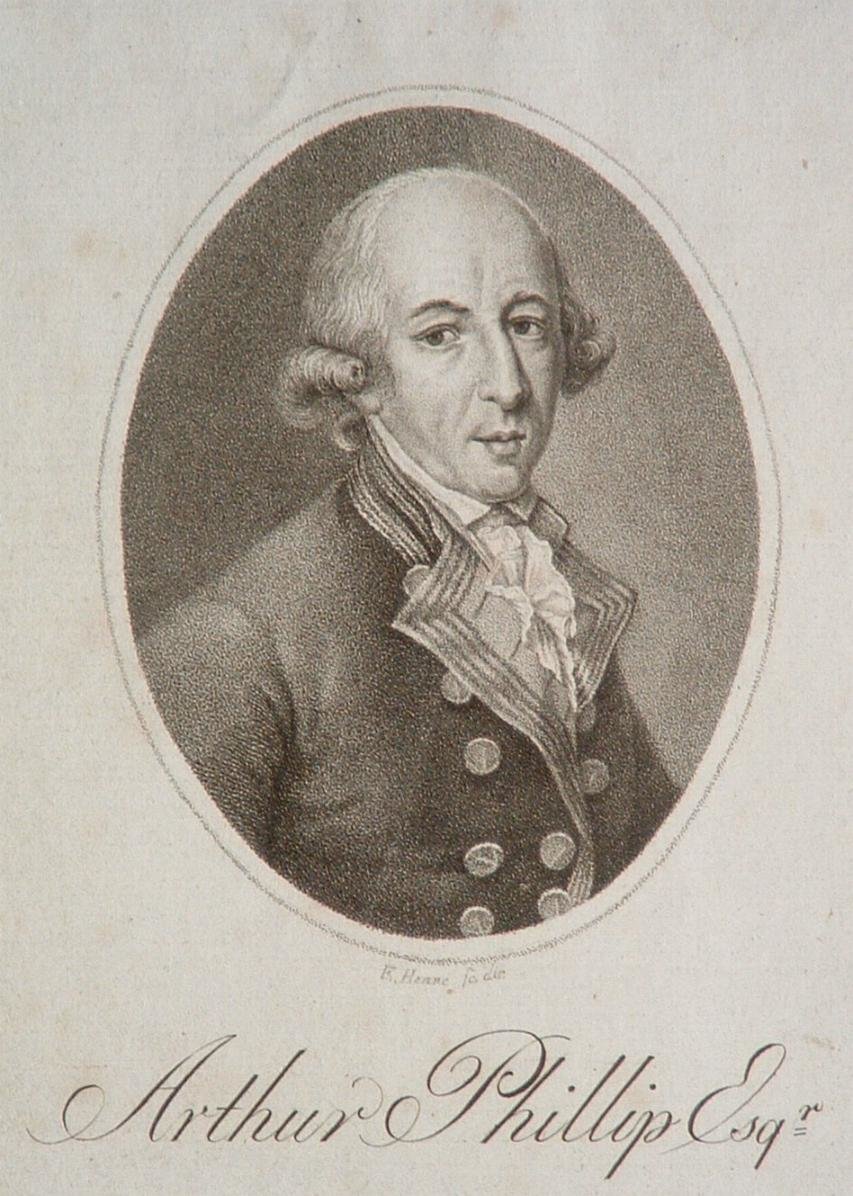
Position
Sydney is located on the east coast of the Pacific Ocean. It is the largest city in Australia. It is also the capital of New South Wales. It's not a capital of Australia.
Położenie
Sydney położone jest wschodnim wybrzeżu nad Pacyfikiem. Jest to największe miasto w Australii. Jest też stolicą stanu Nowa Południowa Walia. Nie jest stolicą Sydney.
Monuments in Sydney.
Opera House
The main symbol of Sydney is built by Jørn Utzon Opera known as the Sydney Opera House. On her stage there are many world stars such as Barbra Streisand, Céline Dion, Luciano Pavarotti, Helena Vondráčková.
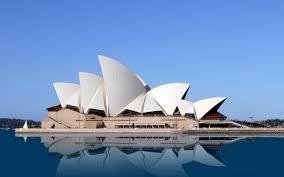
Harbour Bridge
The 495.6-meter-long Harbor Bridge was commissioned on March 18, 1932. It is one of the largest arch bridges in the world, given the nickname "hanger". BridgeClimb organizes secured entrances to the top of the arch, which are very popular with tourists.
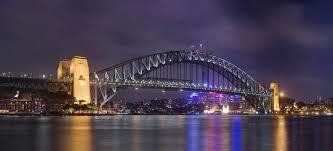
Sydney Tower
It is the largest building in Sydney. It has a viewing platform from which you can view the panorama of the whole city.You can admire the panorama of the city from the viewing platform or from the twirling restaurant. Basically, the views can only be seen through the glass, and the entrance to the tower is preceded by detailed safety checks.
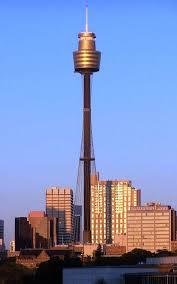
Taronga zoo
The zoo, located in the Mosman area of Sydney, covers an area of 21 hectares. The Zoo was officially opened October 7, 1916. Today the Taronga Zoo has 2600 animals belonging to 340 species. It is one of the most beautiful zoos in the world.
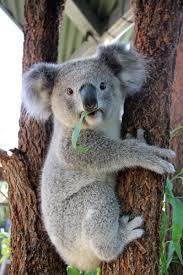
Blue Mountains
About 50 kilometers west of Sydney is one of the most popular symbols of Australia. The name Blue Mountains comes from evaporating eucalyptus oil, which often creates a blue mist over the mountains. Local tour companies organize one-day tours to visit some of the most scenic spots in the Blue Mountains.
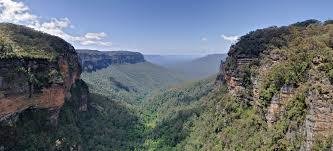
Old town
In addition to the Sydney Opera House and Harbor Bridge, it is worth visiting the Old Town "The Rocks" with its old warehouses at Sydney Cove. Directly at Circular Quay, the central bus and train station, there is a botanical garden with bordering museums.

Nationality and language in Sydney
Languages
- The official language of Australia is English, and there are also local languages spoken by the residents.
- The results from the census show that we have 240 dialects here, of which 50 are the native speech of the Antipodes. It means that other languages speak about 15% of the population than the official language.
Other
- The most commonly used are Italian, Greek, Cantonese, Arabic and Vietnamese. Recently, the streets are full of Chinese, and there is a decrease in the use of Dutch, German, Italian and Greek.
Nationality
- By the middle of the twentieth century, Australians dominated the people who once came from Great Britain or Ireland, but then this situation changed. Thus, after the end of World War II, a whole wave of immigrants from Greece and Italy, including Germany, Holland and Malta, also Yugoslavia, Libya, even Turkey and many others, came in.
Other
- In recent years, Asian nationals (eg Vietnamese) have come to Australia. If we consider the number of people it is precisely on the Antipodes most visitors from Vietnam and welcome here. A census of the population conducted in 1996. He showed that only. 350 thousand. Australians give their roots among the Aborigines or their descendants. These roots are most pronounced in the north and in the central part of Australia. Most inhabitants of the so- Islands in the Strait of Torres, and there are 28,000 of them called.
Other 2
- The Melanesians, also live in Queensland, and in Cape York or Papua New Guinea.
Important events
- 1788-First European settlement
- 1852-Giving Sydney city rights
- 1855-The railway line connecting Sydney to Parramatta
- 1870-Colonial exhibition / colonial fair
- 1879-Sydney International Fair
- 1901-Declaration of the Australian Association declared in Sydney (1 January).
Rest
- 1932-openly Sydney Harbor Bridge
- 1942-World War II: Japanese submarine attack on the harbor of Sydney
- 1973-Completion of the Opera House (Sydney Opera House)
- 2000-XXVII Summer Olympics. They lasted from September 15th to October 1st
- 2008-XXIII World Youth Day. They lasted from July 14 to July 20
Thank you for your attention
Nikola Barańska
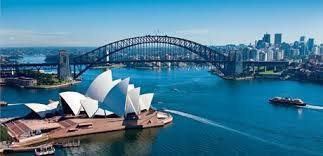
Sydney (j.angielski)
By nikols
Sydney (j.angielski)
- 334



